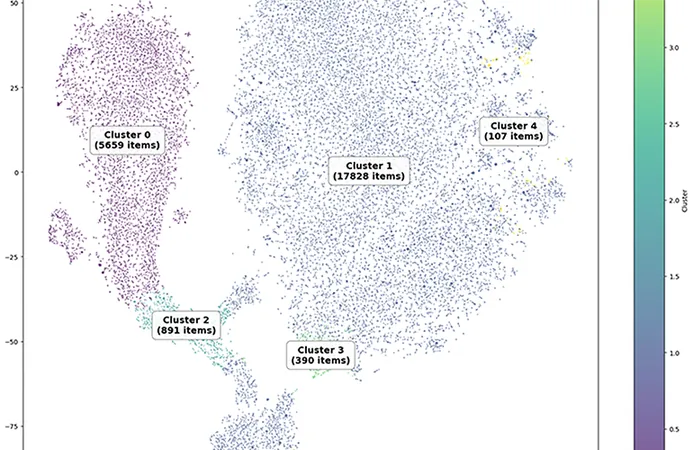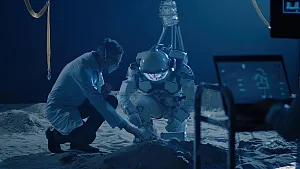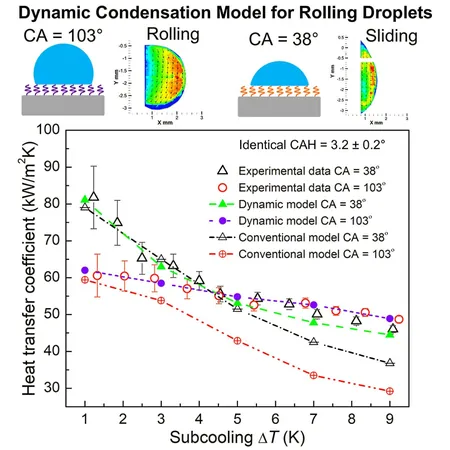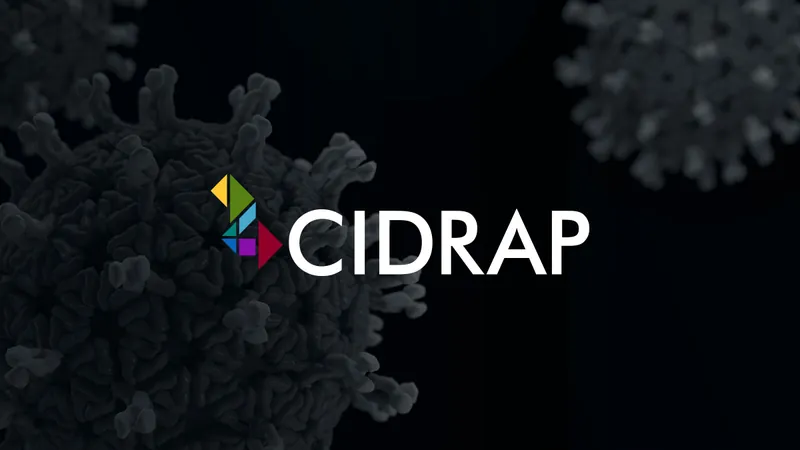
Revolutionary Brain Scan Technology Offers Hope for Patients with Drug-Resistant Epilepsy
2025-03-21
Author: Nur
Groundbreaking New Method
A groundbreaking new method of brain scanning could be a game-changer for individuals suffering from drug-resistant epilepsy, providing them with new avenues for effective treatment and potentially life-altering surgery.
Statistics on Epilepsy
As it stands, approximately 50 million people worldwide live with epilepsy. In the UK alone, about 360,000 individuals have focal epilepsy, a type of seizure disorder that originates in a specific area of the brain. While many patients manage their condition with medication, over 100,000 individuals find themselves caught in a cycle of ineffective treatments, leaving surgery as their best option.
Challenges in Identifying Brain Lesions
Identifying brain lesions, which are a critical underlying cause of epilepsy, has long been a challenge in epilepsy care. However, there's a glimmer of hope thanks to advancements in ultra-powerful MRI technology. The 7T MRI scanners are at the forefront, offering enhanced resolution to discover even the tiniest lesions in the brain. Notably, these improved scans can significantly elevate the success rate of post-surgery seizure freedom, effectively doubling the chances for patients.
Limitations of 7T Scanners
Despite their advantages, the 7T scanners come with a caveat: they can exhibit “dark patches” or signal dropouts, obscuring critical information. To address this limitation, researchers at the University of Cambridge's Wolfson Brain Imaging Centre in collaboration with Université Paris-Saclay have pioneered a new technique involving multiple transmitters around the head. This "parallel transmit" method minimizes black spots, yielding clearer and more accurate MRI images.
Clinical Trials and Results
The potential of this innovation was put to the test at Addenbrooke’s Hospital in Cambridge, where doctors conducted trials on 31 patients resistant to standard epilepsy drugs. The results were impressive; the parallel transmit 7T scanner revealed previously undetected structural lesions in nine individuals. In fact, the clarity of the images produced was superior to traditional 3T scans in over half of the cases assessed.
Impact on Treatment Management
As a direct outcome of the enhanced imaging, 18 patients (58% of the group) experienced a shift in their treatment management. Options varied from surgical procedures—including traditional approaches and laser interstitial thermal therapy—to stereotactic electroencephalography (sEEG), a sophisticated technique that helps localize seizure foci with precision.
Expert Opinions
Dr. Thomas Cope, a consultant neurologist at Cambridge University Hospitals, emphasized the profound implications these advancements hold for patients, saying, “Epilepsy that doesn’t respond to anti-seizure medications can severely impact patients’ lives, affecting their independence and ability to work. Our ability to accurately identify the source of seizures is crucial for many of these patients to find a cure. This innovative technique opens the door for more epilepsy sufferers to benefit from transformative surgical interventions.”
In response to the promising findings, Ley Sander, the medical director of the Epilepsy Society, remarked on the significance of such developments. “Improvements in the lives of individuals with focal epilepsy, particularly those who cannot be managed with medication, are vital. Each new technological advance should be accessible to both clinical and research teams to refine and research new treatment approaches.”
The Future of Epilepsy Treatment
As this revolutionary brain scan technology continues to evolve, it holds the potential to reshape the future of epilepsy treatment, offering renewed hope to countless individuals who have long struggled with intractable seizures. Stay tuned as we monitor the developments in this critical area of medical research!





 Brasil (PT)
Brasil (PT)
 Canada (EN)
Canada (EN)
 Chile (ES)
Chile (ES)
 Česko (CS)
Česko (CS)
 대한민국 (KO)
대한민국 (KO)
 España (ES)
España (ES)
 France (FR)
France (FR)
 Hong Kong (EN)
Hong Kong (EN)
 Italia (IT)
Italia (IT)
 日本 (JA)
日本 (JA)
 Magyarország (HU)
Magyarország (HU)
 Norge (NO)
Norge (NO)
 Polska (PL)
Polska (PL)
 Schweiz (DE)
Schweiz (DE)
 Singapore (EN)
Singapore (EN)
 Sverige (SV)
Sverige (SV)
 Suomi (FI)
Suomi (FI)
 Türkiye (TR)
Türkiye (TR)
 الإمارات العربية المتحدة (AR)
الإمارات العربية المتحدة (AR)